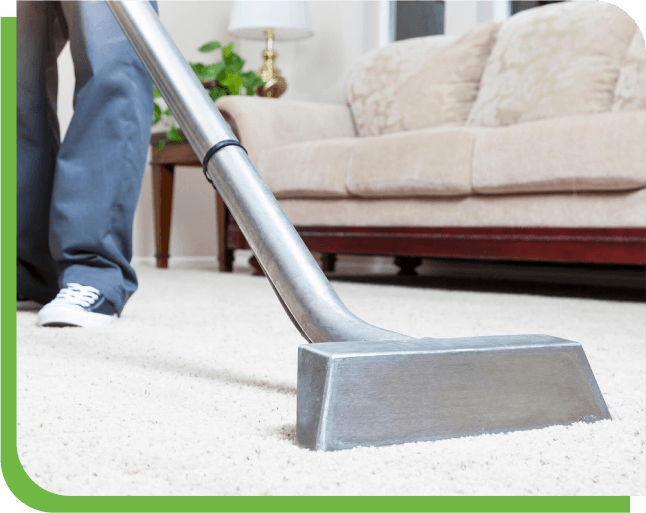Decoding the Hype: A Critical Look at Mitolyn Reviews 2025 (Critical Investigation) Decoding the Hype: A Critical Look at Mitolyn Reviews 2025 (Critical Investigation)
Unveiling the Enigma: What Exactly is Mitolyn?
Mitolyn has generated considerable buzz, especially among individuals over 40. Essentially, Mitolyn is marketed as a health supplement aimed at promoting various aspects of wellness. Consequently, understanding its core components and advertised benefits is essential before diving deeper into Mitolyn Reviews 2025 (Critical Investigation). The supplement’s popularity stems from its association with improved vitality and overall well-being.
However, navigating the world of health supplements necessitates a discerning approach. The supplement’s creators emphasize its natural formulation. Thus, it is critical to examine the scientific evidence and scrutinize any claims surrounding its effectiveness. Therefore, this detailed examination intends to dissect the product and its place in the market.
The Purple Peel Exploit: Examining the Ingredients
A cornerstone of many Mitolyn formulations is the inclusion of “Purple Peel Exploit diet.” Proponents suggest the presence of antioxidants in this ingredient. The specific composition and concentration of this and other elements are often proprietary information. Moreover, this makes a thorough evaluation a little complex.
Furthermore, potential consumers need to analyze the complete ingredient list. Therefore, it’s important to determine the inclusion of additional compounds. These could include vitamins, minerals, and other herbal extracts, all of which can contribute to the overall effect of the supplement. We will address any known interactions or possible side effects later in this investigation.
Potential Benefits: What Are the Advertised Claims?
Mitolyn is frequently promoted for its potential to enhance several health markers. For example, some marketers suggest it aids in increased energy levels. Others tout its ability to support cardiovascular health. The supplement’s popularity suggests it could even assist with cognitive function.
Consequently, these claims warrant careful consideration and verification. Therefore, it’s crucial to research the scientific backing behind these assertions. For example, are the suggested benefits validated by clinical studies? The lack of scientific evidence suggests that consumers should approach these claims with a critical eye.
The Downside: Exploring Potential Side Effects
As with any supplement, the potential for side effects exists. Mitolyn Reviews 2025 (Critical Investigation) often address a range of adverse reactions. These can include digestive issues, such as bloating or upset stomach. Furthermore, some users report allergic reactions to certain ingredients.
Therefore, consumers must be aware of these possibilities. In addition, it is crucial to research any potential interactions with other medications. Consulting a healthcare professional before incorporating Mitolyn into your routine is highly recommended.
Critical Analysis: Separating Fact from Fiction
Mitolyn Reviews 2025 (Critical Investigation) require a balanced approach. We must weigh the marketing claims against the available scientific evidence. Although some ingredients may possess documented health benefits, their effectiveness in the Mitolyn formulation is not always confirmed.
Besides, the supplement industry is susceptible to exaggerated claims. Therefore, critical thinking and a healthy dose of skepticism are essential when evaluating any health product. We recommend checking with a trusted medical professional before making a purchase.
Making an Informed Decision: Our Verdict
Ultimately, deciding whether or not to try Mitolyn reviews is a personal one. However, making that decision armed with information is the best approach. Consider the Mitolyn Reviews 2025 (Critical Investigation) available. Analyze the ingredient list, and be mindful of potential side effects.
In conclusion, consult with your doctor. Your healthcare provider can offer personalized advice. They can assess your individual needs and health conditions. This will assist you in determining whether Mitolyn is a suitable addition to your health regimen.
